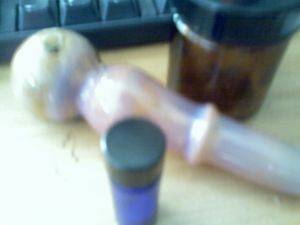Sardonic
Member
this is probably just a really high idea, but it's worth asking
let's say, my cat wanted to grow marijuana that contained dmt..let's also say my cat has dmt containing gunk (blended and extracted mimosa hostilis). do you think if my cat mixed this natural sacred stuff in with his soil and planted a some girls in it they'd have a touch of spirit molecule in them?
let's say, my cat wanted to grow marijuana that contained dmt..let's also say my cat has dmt containing gunk (blended and extracted mimosa hostilis). do you think if my cat mixed this natural sacred stuff in with his soil and planted a some girls in it they'd have a touch of spirit molecule in them?






